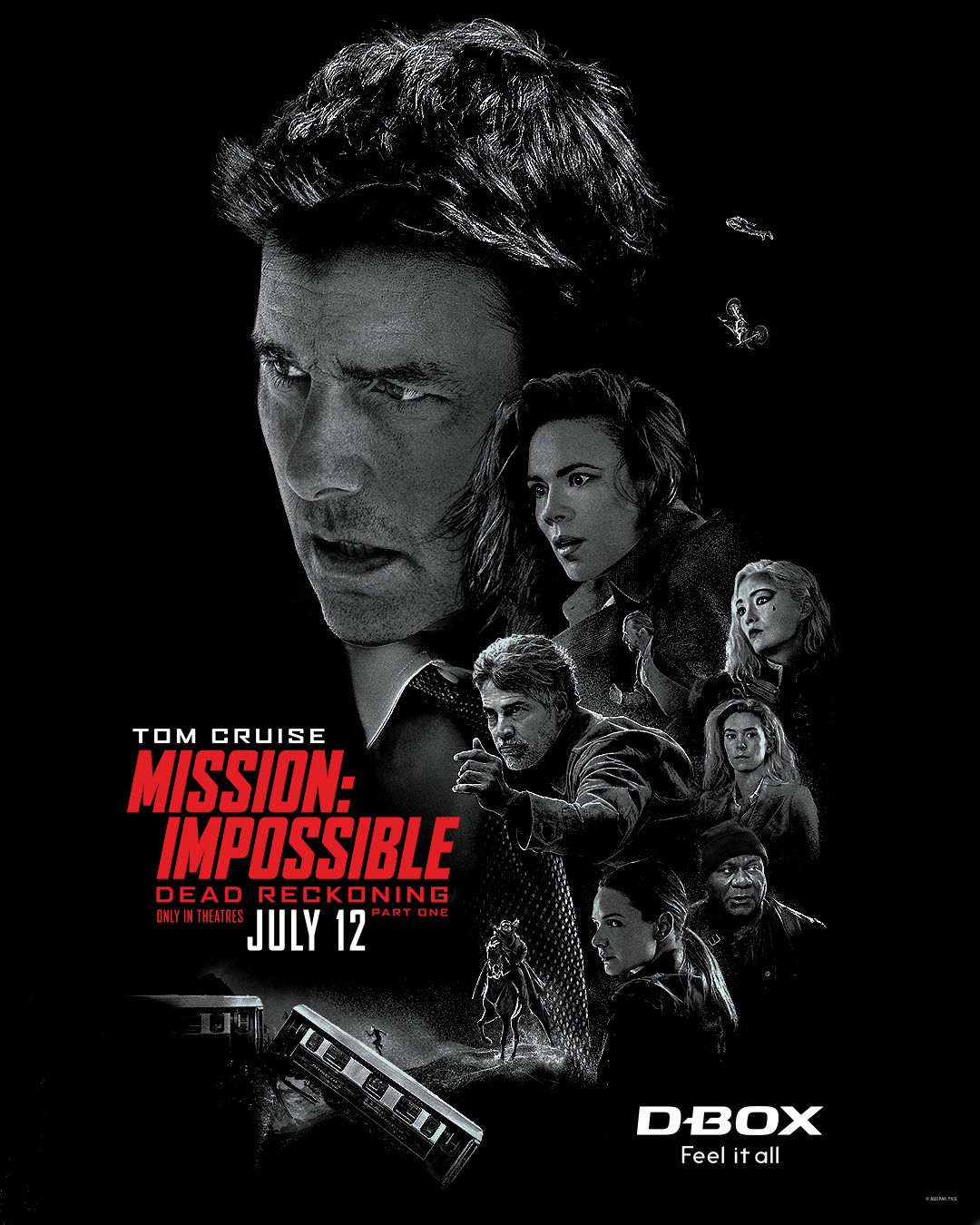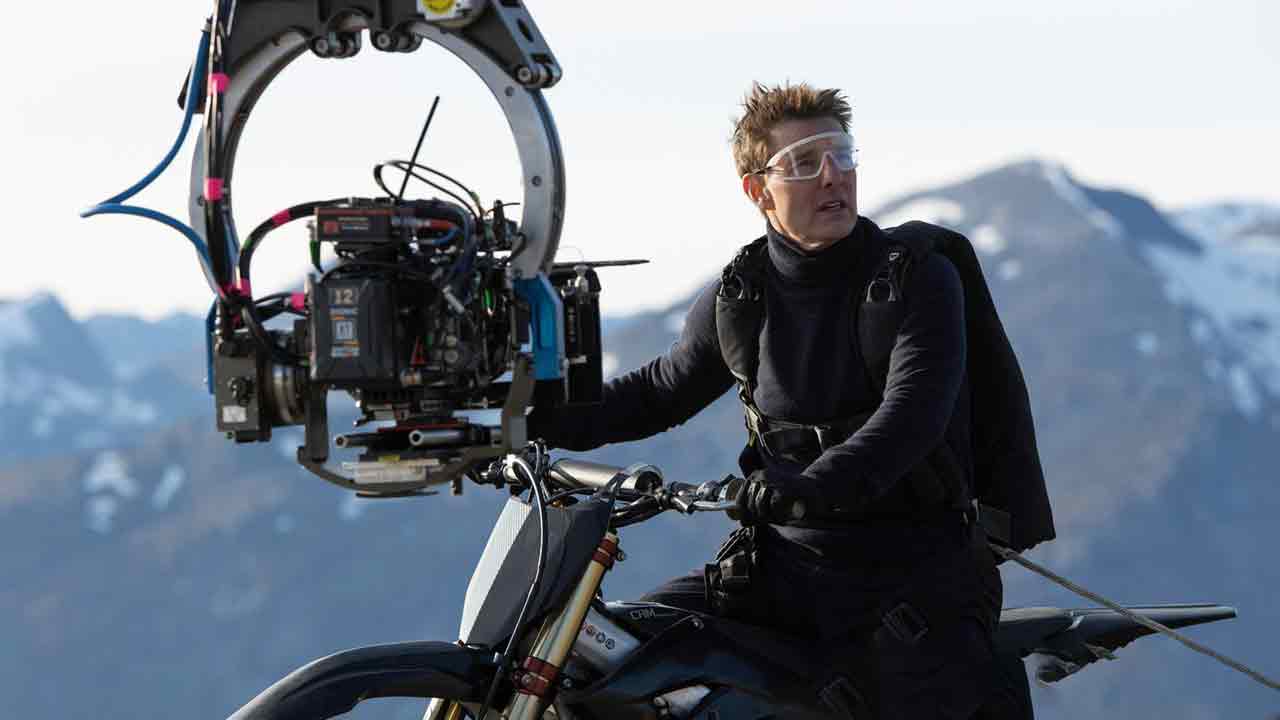Oppenheimer has garnered a lot of interest ever since the project was announced on a $100 million budget, with a loaded cast, and Universal Pictures snagging it from Warner Bros. But the recent revelations about it switching between a subjective and objective narrative and stemming from script that was written in first-person have taken fan curiosity around it to a whole new level. Now the man at the helm, Christopher Nolan, whose name alone is a chief reason to be excited about the project, reveals a bit more about how the narrative device employed in the movie helps portray cinematic genius in a more entertaining manner.
In an interview with Empire for their exclusive issue, Nolan got candid about cinema’s inability to capture the brilliance and intelligence of a real-life genius, despite the multiple attempts being made in the past. Some of it might have to do with directors shying away from getting too technical with concepts, something that Nolan hopes to avoid by giving audiences a peek into the visuals of physics.
There’s the idea of how we get in somebody’s head and see how they were visualising this radical reinvention of physics. One of the things that cinema has struggled with historically is the representation of intelligence or genius. It very often fails to engage people.
Nolan doubled down on his intention to get inside Oppenheimer’s head, describing in detail exactly what that meant from a filmmaking point of view. In fact, he reveals that aside from his wife, the first person who he showed the script to was visual effects supervisor Andrew Jackson. It came with a challenge though: achieving everything without CGI.
The first person I showed the script to when it was finished after [his producer and wife] Emma [Thomas] read it was Andrew Jackson, the visual effects supervisor. I said to him, ‘We have to find a way into this guy’s head. We’ve gotta see the world the way he sees it, we’ve gotta see the atoms moving, we’ve gotta see the way he’s imagining waves of energy, the quantum world. And then we have to see how that translates into the Trinity test. And we have to feel the danger, feel the threat of all this somehow.’ My challenge to him was, ‘Let’s do all these things, but without any computer graphics.
Nolan previously talked about writing the script in first-person. He did this to tell the color sequences from Oppenheimer’s point of view. He expands on that idea in this interview, by revealing the extent of it. From the looks of it, every character, every scene, every detail is influenced from Oppie’s point of view. Certainly a wild narrative choice, one that Nolan admits is odd and himself wasn’t sure whether it has been attempted before.
But it was a reminder to me of how to shoot the film. It was a reminder to everybody involved in the project, ‘Okay, this is the point of view of every scene.’ I wanted to really go through this story with Oppenheimer; I didn’t want to sit by him and judge him. That seemed a pointless exercise. That’s more the stuff of documentary, or political theory, or history of science. This is a story that you experience with him — you don’t judge him. You are faced with these irreconcilable ethical dilemmas with him.
Given that his directorial choices can often tend to be sly, I wonder if Nolan will make it obvious in some way that we’re experiencing events and people as Oppie is experiencing them, perhaps using a visual cue, contradictory narratives or recollections, etc. It’s also possible that the color sequences are extended flashbacks from the objective black-and-white court hearings. That would certainly make this wild narrative device something in line with what audiences are used to seeing, with the subjectiveness of it differentiating itself from other depictions of sharp, clever, celebrated geniuses out there.
Oppenheimer arrives in theaters on July 21, 2023. Tickets for the movie are now on sale.




